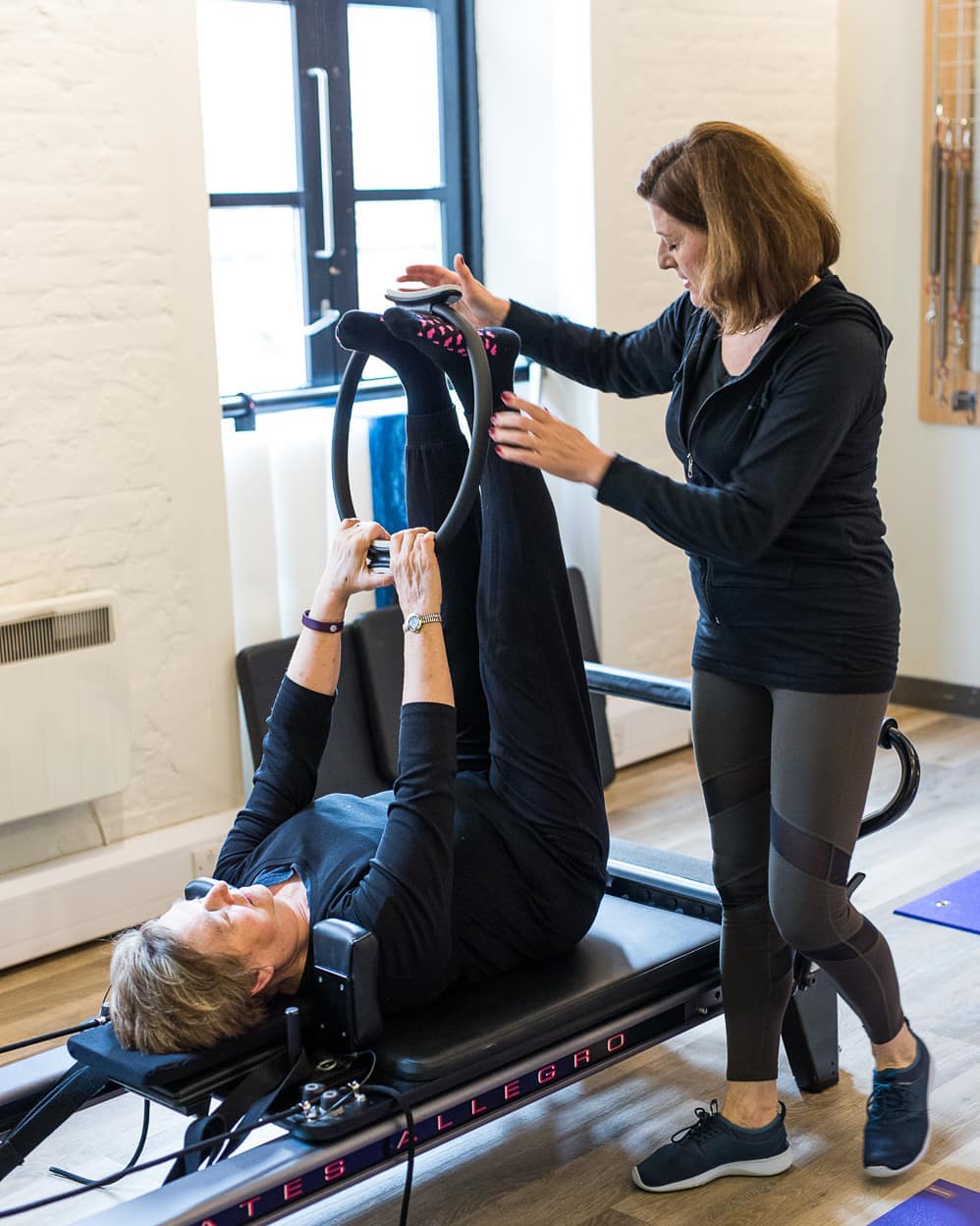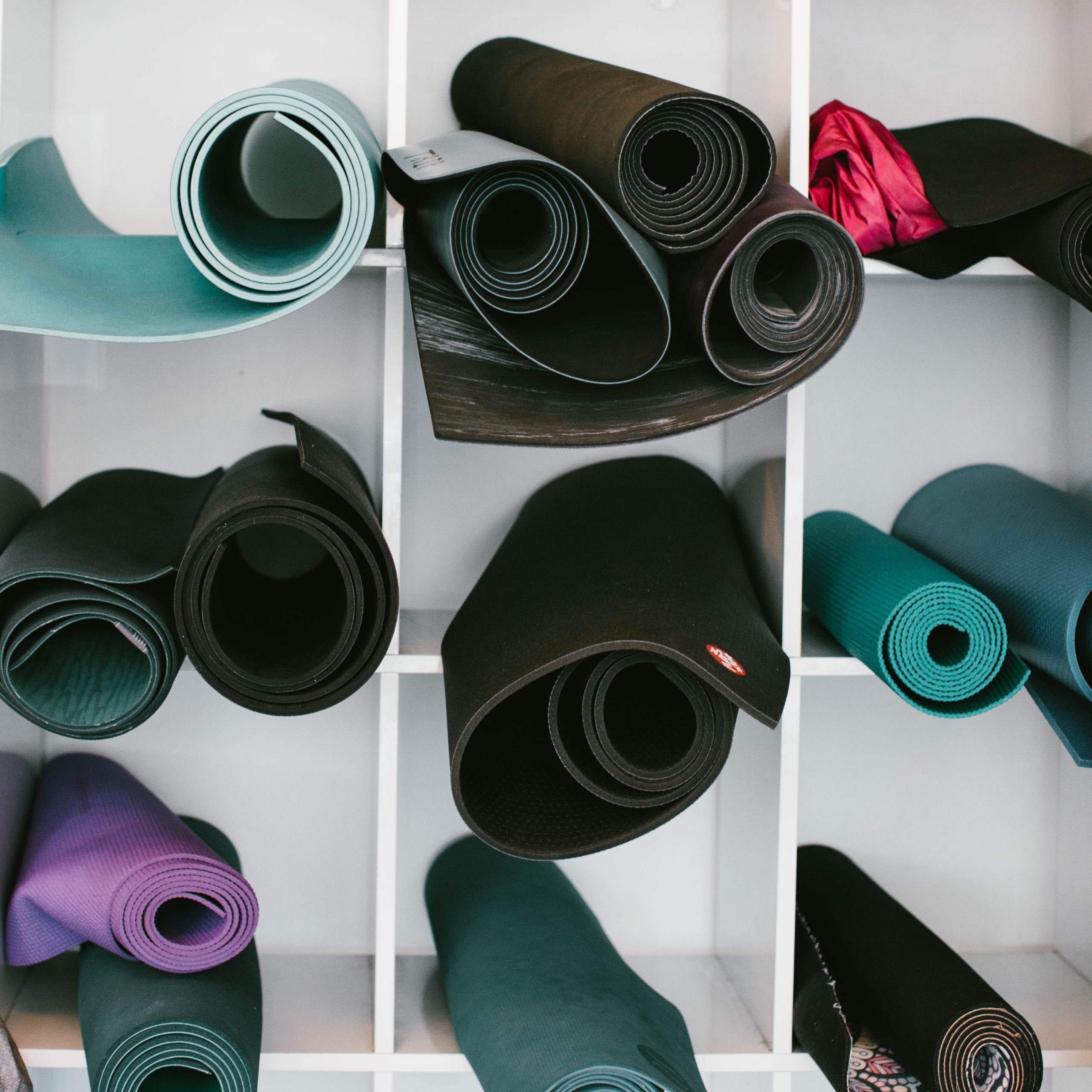About Pilates
Thinking about starting your pilates journey? Find out about the benefits of pilates and how it can work for you.
Why Pilates?
Pilates is a gentle, non-aerobic exercise that favours control and technique over repetition and speed. The pilates method doesn’t stress the joints or the heart, making it one of the safest, most effective forms of exercise available. Pilates is used to strengthen the body and ultimately leave you feeling fit, energised and uplifted.
The benefits of pilates include:
-
- Greater flexibility,
- Increased mobility and energy,
- Improved alignment and postural correction,
- Mental and physical harmony,
- Strong, sleek muscles and overall slimming,
- Releasing muscle tension,
- Improved core strength and bone density,
- Improved pelvic floor function,
- Greater lung capacity and improved breathing,
- Long term fitness and wellness,
- And many more!
Our pilates classes will leave you standing taller, sitting straighter and moving with better balance and coordination.

Pilates for Rehabilitation
If you’re looking for a gentle exercise regime to provide relief from injury or medical condition, pilates classes come as one of the most recommended options. The low-impact exercises in pilates are designed to support and strengthen the weaker muscles, joints and bone structures in your body.

Pilates can aid your recovery from many injuries and conditions including:
- Ankle, Back, Hip, Knee, Shoulder and Neck injuries,
- Fibromyalgia,
- Multiple Sclerosis,
- Parkinson’s Disease,
- Repetitive stress injuries,
- Tendonitis,
- Sciatica,
- Scoliosis
- and more.
Before undertaking remedial pilates classes, we advise you to check with your GP or medical practitioner first to plan a pilates exercise program that’s right for you.
The History of Pilates
Pilates was developed by Joseph Pilates during the First World War. Using the methods he had worked on to improve rehabilitation programmes for casualties, he helped injured soldiers regain their health by strengthening, stretching and stabilising key muscles.
Whilst pilates gained traction among ballet dancers and gymnasts to improve performance, its appeal is now widespread and the substantial benefits pilates has on everyday health and well-being make it one of the most popular forms of exercise available.
Book a pilates class ->
Or meet the Elisabeth Pilates team ->

